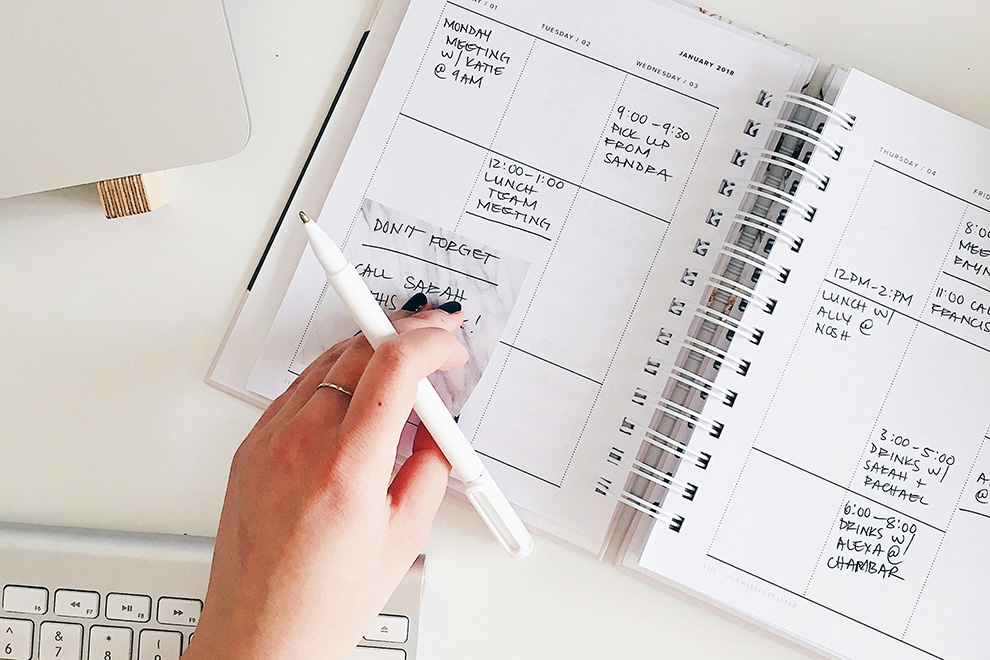We’ve all seen it on America’s Funniest Home Videos. A child jumping on a diving board accidentally lands a belly flop in the family pool. A toddler, a teen, or, heck, even a guy who qualifies for AARP jumps exuberantly on a trampoline one minute, and then crashes into a nearby tree the next. Boing, boing, boing – splat! Cue laughter.
Except trampoline falls and pool-related injuries aren’t always so funny. According to a study by the Rhode Island Hospital researchers, over 88,000 children visit emergency rooms each year due to trampoline injuries. And we all know that swimming pool injuries are even more daunting. In 2004, government claims revealed 61 children age 14 and under died as a result of unintentional drownings, many of them pool-related.Non-fatal injuries can result in long-term disabilities, including permanent brain damage.
Put simply, trampoline and swimming pool safety cannot be over-emphasized.
If, after all those stats, you’re still contemplating installing a swimming pool or trampoline for your family, address safety first. Swimming pools (including many above-ground models) require building permits and fencing enclosures at least 4 feet high. Check with your local building department for specifics.Always clear the pool and fenced area of toys after use so children are not tempted to enter the pool area unsupervised.Trampolines should be placed away from building structures, trees, cement patios, and pools, and install protective padding on springs, hooks, and the metal frame.Only allow one child on the trampoline at a time, and never allow children under six to play on a trampoline.
Above all, supervise activity. The Virginia Supreme Court ruled in 2009 that parents who agree to supervise and care for a minor child have a duty to exercise reasonable care in that supervision.This duty should readily translate to total supervision of pool use and trampoline play involving minor children
Without your supervision, children could engage in unauthorized use (think of the creativity of a small pack of 8-year-olds), which could easily result in injury. An adult’s presence is paramount.
If you as parents and landowners adhere to all of the above safety guidelines, you will be protecting yourselves from legal liability, but there is no sure-fire way to ensure that you won’t be sued and forced to pay in the event of a swimming pool or trampoline injury. Truth be told, both trampolines and swimming pools pose liability risks.
A final consideration of pool and trampoline ownership is its effect on your homeowner’s insurance policy.Most carriers will increase rates, and some may not cover trampoline usage.But not telling them is a big no-no: Your policy could get canceled, leaving you unprotected.
Of course, liability concerns should take a backseat to the safety of children, but the two actually go hand-in-hand.Create and execute a safety plan and home rules around swimming pool and trampoline use, and you’ll also be protecting yourself from liability.Oh yeah, and don’t forget to have fun!




